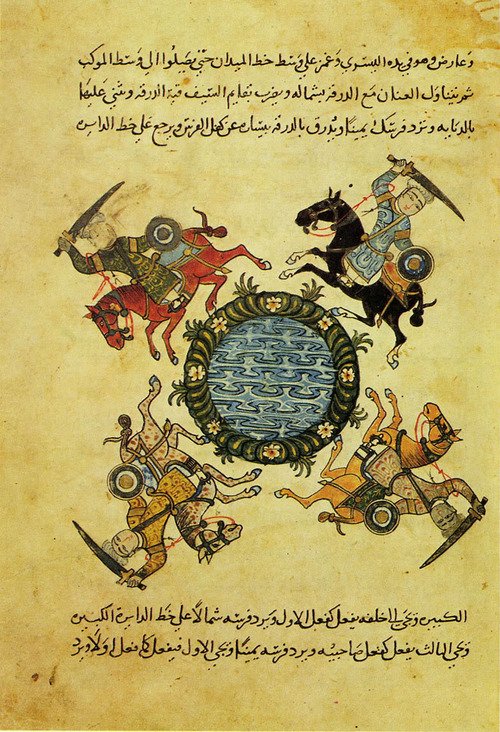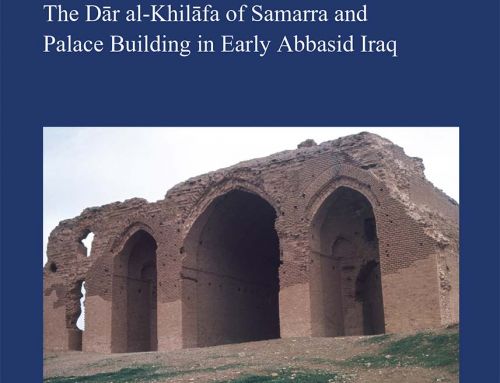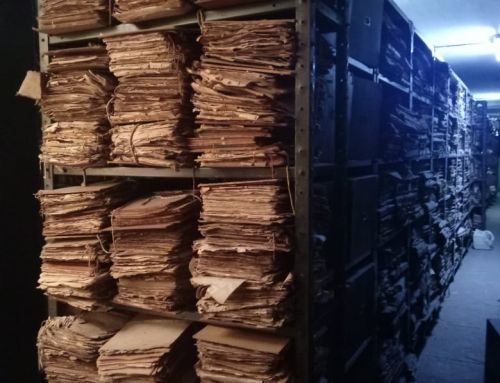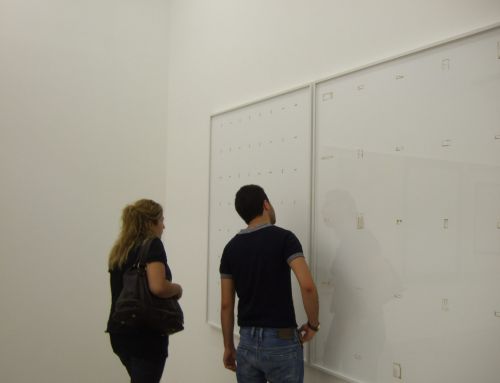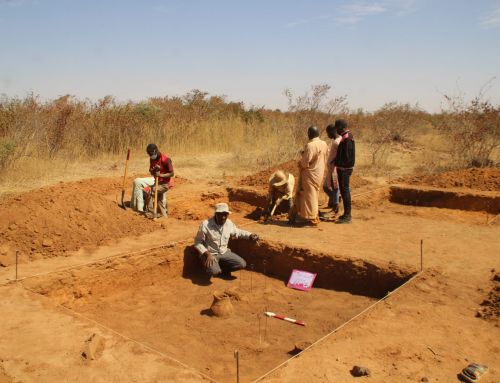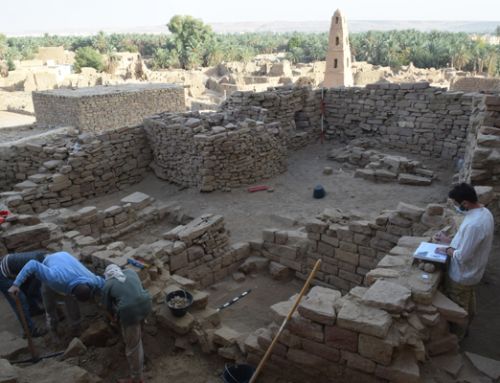Iman R. Abdulfattah, Doctoral candidate in Islamic Art and Archaeology at the University of Bonn
The grantee is well acquainted with the School of Mamluk Studies (SMS). It was created in 2014 to foster and promote a greater awareness of the Mamluk sultanate. As well as to provide junior and senior scholars with an annual forum where a comprehensive approach to Mamluk studies is encouraged. Last year Iman had the opportunity to attend the second conference in Liege. She did not present a paper but she benefitted greatly from the interdisciplinary discussions on different disciplines of Mamluk studies. However one of the most obvious shortcomings of the conference was the lack of papers and discussions on the art and/or the architectural output of the Sultanate. Papers on the subject were certainly encouraged but were severely underrepresented. This weakness in the forum strongly encouraged Iman to put forward a proposal for next year’s forum about Malmuk patronage.
The Barakat trust greatly helped her by enabling her to attend the third conference as an audience member, and also as the organiser and speaker in a four paper entitled “Mamluk Patronage : An Expansion of a Traditional Concept”. The panel was devoted to understanding some of the different practices of architectural patronage that existed in Mamluk Cairo.
This topic tied in nicely to her dissertation project on the funerary complex of Sulran al- Mansur Qalawun (683/1284-1285) which was supervised by Alam al-Din Sanjar al-Shuja (d.693/1294), an ambitious amir in Cairo known for his architectural and decorative ingenuity. His patronage will be dicussed heavily in her dissertation in the very context of his patronage of architecture and the political circumstances under which the complex was built.
At the conference however her discussion was a little bit different and more nuanced. She framed her paper around the possibility that al-Shuja should be interpreted as being more than just a great manager of building projects and the supervisory of one of the most important monuments of the Mamluk period. She was able to construct a detailed narrative and specific examples of his precise involvement in the actual construction process of the complex.
At the end of the conference it was encouraged that all participants write up their papers as articles to be submitted for peer review and consideration for publication in an upcoming issue of Mamluk Studies Review.
I will be giving a revised, much more expanded version of the same paper in September at the American Research Center in Egypt (ARCE). There are several advantages to doing this: it would be beneficial to see how a more specific Cairo audience responds to my presentation, besides using this opportunity to work out a better transition that might facilitate the general issue of the concept of patronage. Finally, I am also pleased to report that the Fourth Conference will be held in Beirut in May 2017, for which I plan on organizing another panel.
The increased presence of scholars working on material culture and/or the built environment is a step in the right direction, as specialists working in these fields should always be part of an included in broader conversations.

